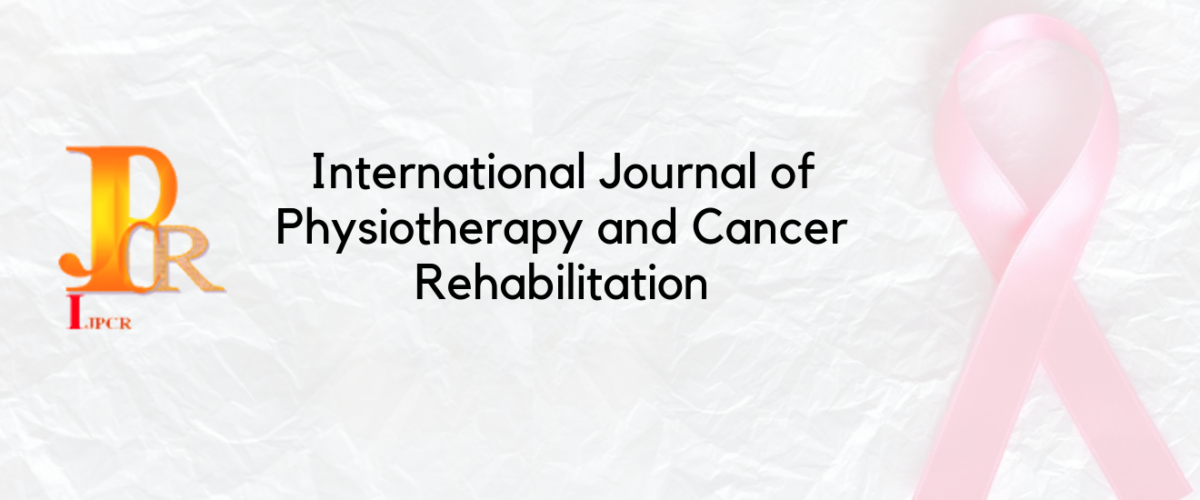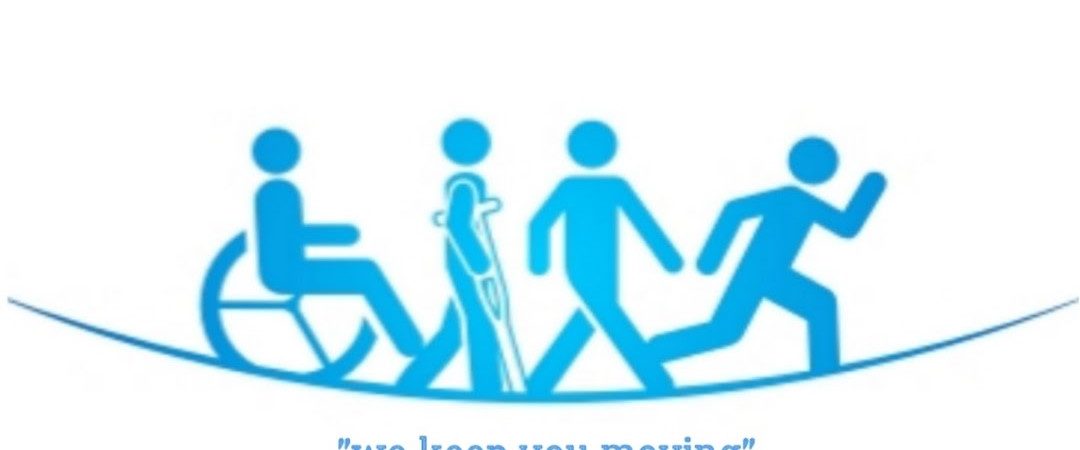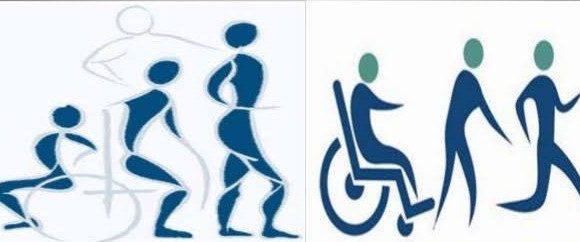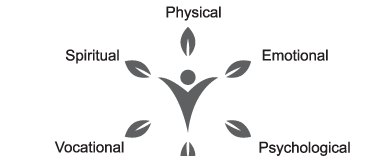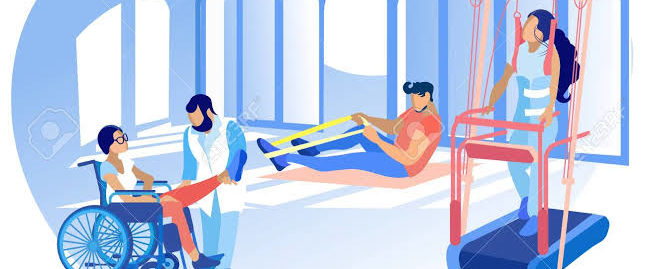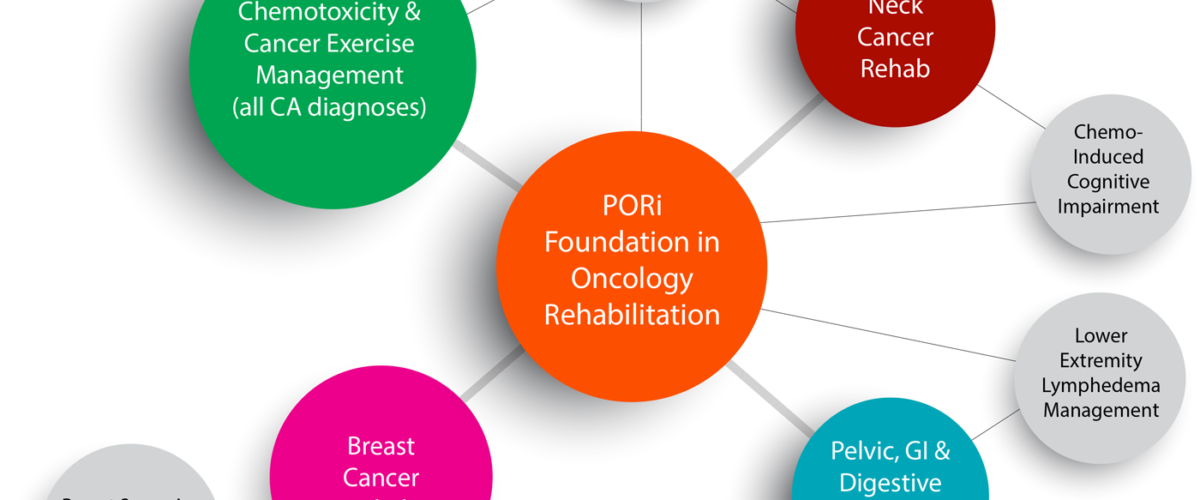Systemic Sclerosis — A polysegmental Reflex Dystrophy Treated by Matrix Rhythm Therapy – U.G. Randoll
Systemic Sclerosis — A polysegmental Reflex Dystrophy Treated by Matrix Rhythm Therapy.
Case Report Seven Years After Diagnosis
U.G. Randoll 1; Y. Largiadèr 2
1 Dr.-Randoll-Institut, Lortzingstraße 26; 81241 Munich; Germany
2 Clinic Dr. Y. Largiadèr; Emil-Geis-Straße 4, 82031 Grünwald; Germany www.Dr-Randoll-Institut.de
Introduction:
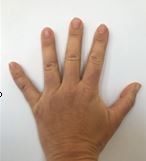







![]()
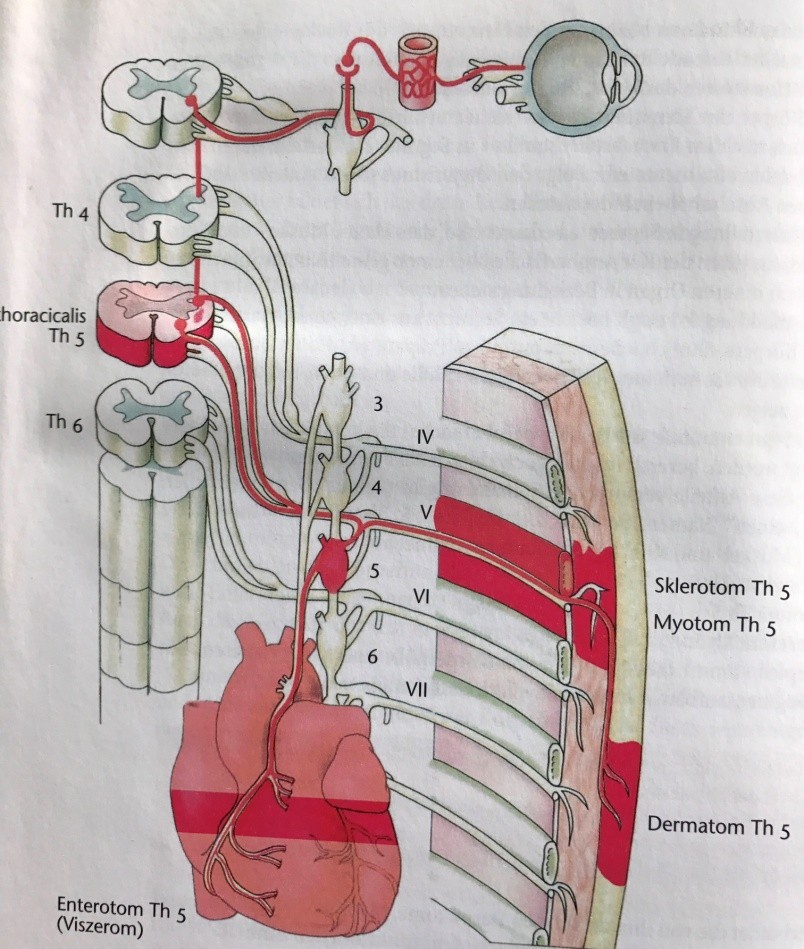
![]()
![]()
![]()
![]()
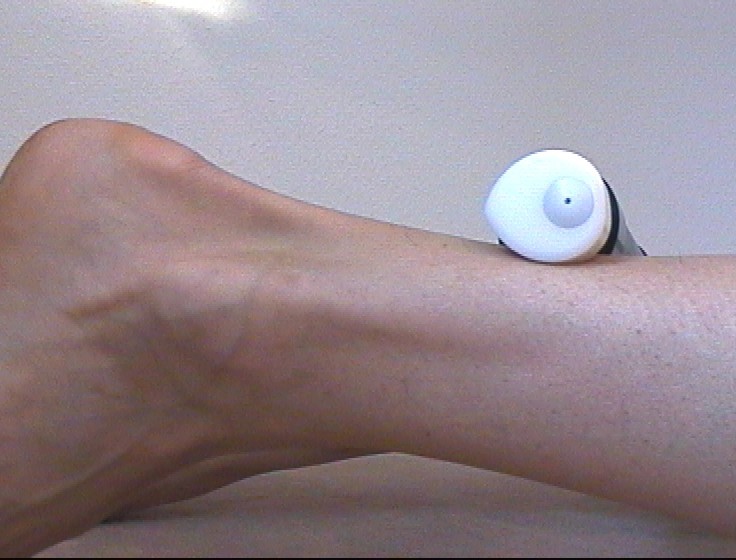


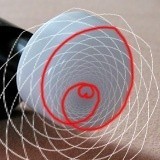
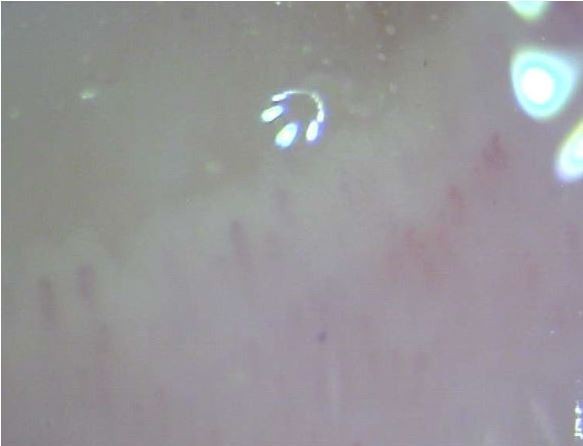
![]()

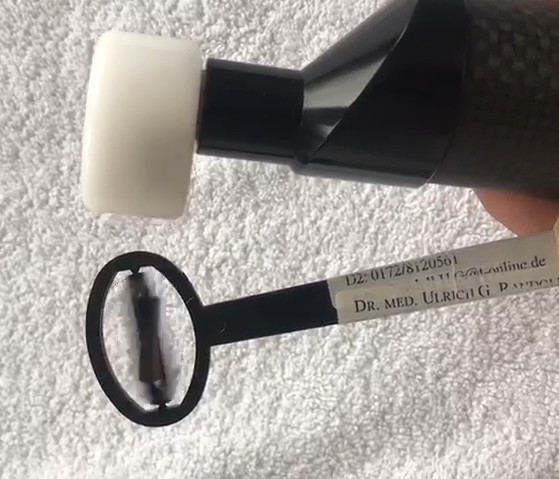
![]()


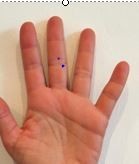
The female patient, born 1970 was suffering from sporadically Raynaud Phenomenon ( RP) of both hands and feet since 2003 . 2010 these symptoms increased. RP was triggered from stress and ambient temperature below 22°C. Fingers be- came swollen additionally.
2012 this formerly sporty patient became more and more ex- hausted gained weight more than 10 kg in a short time be- cause of physical inactivity. Back pain began and the whole thorax lost flexibility and elasticity as well.
2013 she consulted specialists at different clinics who diag- nosed in unison limited Systemic Sclerosis ( l SSc ) with be- ginning osteopenia and already affected esophagus.
Standard Treatment until 2014:
She had regular infusions with Ilomedin. After the third cycle Ilomedin was stopped in 2013 and therapy switched to 5mg Tadalafil orally per day until end of 2014. As symptoms did not change under this therapeutic regiment she was still searching on for other treatment options.
Findings and Diagnosis 2013:
- ANA-Titer 1:10.000; ACA positive, Nucleons negative, chromosomes positive.
- Raynaud Phenomenon
- Capillaroscopy: scleroderma active pattern, typical megacapillaries
- Puffy hands
- Pain and decreased ROM in the metacarpale joints
- Problems when swallowing
- Esophagus passage delayed overall, retention of the test dish in the upper and middle third of esophagus ( medium grade restriction of contractility )
- Elevated calprotectin concentration in stool samples 112,1 µ /g ( <50 µg )
Fig. 1: Capillaroscopy 2014-01-31 ( dig IV right hand ) : scleroderma active pattern. Typical megacapillaries ( x200)
Fig. 2,3,4: 2012 the fingers showed Raynaud Phenomenon at ambient temperature below 22°C.
The finger nail ( D ig. III left hand ) presented with splinter hemorrhage.
Prognosis:
The short and long term prognoses she was given by her doc- tors in those days where hard to accept.
- During wintertime she need regular infusion of Ilomedin
- The rest of the year she is obliged to take Tadalafil
- Parallel she should take Bosentan
- The worst recommendation was the to quit her job and to move into warmer countries. Etc.
New treatment concept after changing the view
Anamnestic we got the information that our patient was claim- ing stress and emotional strain a long time. From a certain age on she got immediate symptoms when her sympathetic sys- tem was even triggert unspeciffically. So it was clear, that Ma- trix Rhythm Therapy could help.
Matrix Rhythm Therapy
Matrix Rhythm Therapy is a medical treatment based on the so-called entrainment effect in living systems and is focusing the “logistics ” around the cells and reduces the sympathetic load on one ’ s body as well.
The term “ entrainment ” refers to the way processes in cells, organs and entire organisms can be synchronized by exter- nally-applied rhythmical action.
Effect of Matrix Rhythm Therapy: Resetting and
reorganizing by Entrainment of the whole living system:
- It is the synchronization of cells, organs, organisms by external
rhythms (time pattern).
- With physiological rhythms/vibrations (frequency window of 8 -12
Hz) we readapt physiological processes.
- External rhythms (“crank handle”) engage internal rhythms, to arrange them and their corresponding metabolic processes as well.
Fig. 5: The physiological effects of Matrix Rhythm Therapy
Matrix Rhythm Therapy exploits the natural rhythms of the musculature and nervous system in order to restore the coher- ence of derailed body processes. The therapy utilizes a spe- cial device, the Matrixmobil, which gently stimulates the
body ’ s endogenous vibrations by means of rhythmical me- chanical and magnetic action in the physiological frequency range of 8-12 Hz ( Alpha Synchronizer ) .
Matrix-Rhythm-Therapy (MaRhyThe),
Is a deep penetrating effective, rhythmic micro-extension technique
A specially designed resonator mechano-magneticically stimulates the physiological vibrations, especially of the skeletal muscles and the nervous system. (8-12 Hz)
Result: Normalization of cellular rhythms as well as nutrient flux density in extracellular space.
(“synchronous cooperation” and “coupling of oscillators”)
Fig. 6: The Matrixmobil and its treatment effects
This coincides with the natural frequency range of the microvi- brations of our skeletal musculature. By activating especially the skeletal musculature in the rhythmic frequency range 8-12 Hz, the logistics of supply and drainage of tissue improves metabolic conditions in and around the cells are normalizing.
In this case Matrix Rhythm Therapy, targeting stress and emotional strain as the chief causes of systemic sclerosis helped.
Treatment of Systemic Sclerois via sympathetic Tunc
Fig. 7: Treating the paravertebral spine deeply in the reso- nance frequency of 8-12 Hz normalizes the sympatho vagal balance of body and mind.
Result
It was the year 2014 when for the first time she got a whole body Matrix Rhythm Therapy especially along her sympathetic trunk. Immediate results were seen. So we stopped all reme- dies!
Sleep quality increased; she developed a temperature resis- tance so that RP disappeared more and more. Life quality came back. Since that time she gets regularly Matrix Rhythm Therapy and whole body lymph drainage once a week, stress management beside physical activity / work out in aerobe con- dition. As supplements she takes linseed oil, Curcuma and ReGenery — kind of flavor extract — to stabilize her micro- biom for strengthening the immune system.
Findings and Diagnosis 2020
- ANA-Titer below 1:3.200, ACA positive, Nucleons negative, chromosomes positive
- No Raynaud-Phenomenon any more
- Capillaroscopy: No active pattern, no megacapillaries
- No puffy hands
- No pain and decreased ROM in the metacarpale joints
- No problems when swallowing
- Esophagus passage without any symptoms
- Calprotectin concentration in stool samples 36 µ /g ( <50 µ /g )
Conclusion and prognosis
Since 2015 till today the patient is nearly free of symptoms and free of any medication. She is still working full time even using her fingers 8 hours a day.
Fig. 8: Capillaroscopy 2019-10-11 ( dig IV right hand ) : capillary ectasies. No megcapillaries ( x200)
Fig. 9: 2019 the patient is free of symptoms. The fingernail ( D ig. III ) turned to normal. Without splinter hemorrhage
Pathomechanism from point of Neural system
We hypothesize that according to the structural design of “ S egment Anatomy ” of the human body, the nerves of
every organ interact with the “ N eurotome ” . As a result of re- flex dystrophies – similar in Sudeck Syndrome – silent inflam- mations of the interstitial tissue appear randomly in the irri- tated segments and cause successively individual fibrosis and later sclerosis in corresponding organs of Sclerotome,
Myotome, Viscerotome, Dermatome. We call it “ P olysegmental Reflexdystropy ” .
Segment – Anatomy
Basis for C.S. Sherrington, Nobel prize 1932
- Acupuncture,
- Neuraltherapy,
- Manualtherapy
- Matrix Rhythm Therapy as part of Matrix Concept
It is the eldest concept of the architecture of the evolution
-
- forming health and disease, mind and the soma.
- It is the unconscious social stimuli for our spontaneous
behavior.
-
- It is forming our “language of vertebrates”
Segments, Metamers and Antimers for diagnostics
-
-
- Segments are parts of an organism with an outer
-
envelope and inner organs.
-
-
- Metamerie means one after another to construct the human body.
- the number of segments is equal to the number of
-
spinal nerves of an individual.
-
-
- Antimerie means right and left side of the body acc.
-
to left and right spinal nerve
Segments and Metamers show the interaction between
surface and inner body.
N. Thoracicalis Th5
TH5 with parts of dermatome, myotome, sclerotome, enterotome and spinal nerve as an example of interactions and projections between body surface and inner body.
(Hansen/Schliack)
Result from such reflexes?
- all segments are in nervous activity state
- the neurotome – as central one – is always activated
- derailments from inner organs project on body surface (pain) as well as motoric or vegetative reflexes and produce symptoms
The sympatho-vagale Balance shifts; and amplitude Stress level is rising!
Which “drop” causes the barrel to overflow? the sympathetic load increases immunsystem is chronically activated and later blocked
Discussion
The fact is that in modern society people fail to maintain a proper sympato-vagal balance in their lives. Frequently the need for rest and recovery periods is ignored, while at the same time emotional stresses continue to grow. “ Emotion translates into motion ” : emotional stress leads invariably to muscle contractions, which persist as a kind of “ memory ” . In the course of time muscle cells and the surrounding con- nective tissues lose their elasticity and ability to return to a completely relaxed state. They become hardened and stiff,
giving rise to symptoms in the skeletal, locomotor and nervous systems. Lack of body movement leads to emotional sluggish- ness, and conversely; the sympathetic load increases, the trunc shifts out of balance and healthy processes become blocked.
Our case indicates stress symptoms already in a very early state.
In the effort to counteract such “ degenerative and aging processes ” , systemic regenerative approaches are neces- sary: Emotional and physical blockages must be eliminated at the same time. Physician-patient dialog and Matrix Rhythm Therapy belong together, supplemented by music or other means to restore harmony in the physical and spiritual spheres. Healing of systemic sclerosis needs vagus!
Dr Randoll Institut Lortzingstrasse 26
82141 Munich
https://www.dr-randoll-institut.de/ u.randoll@dr-randoll-institut.de

